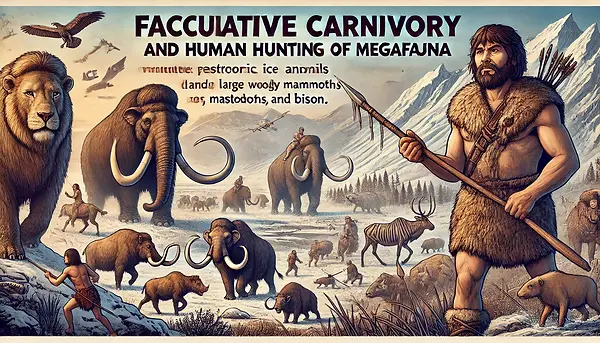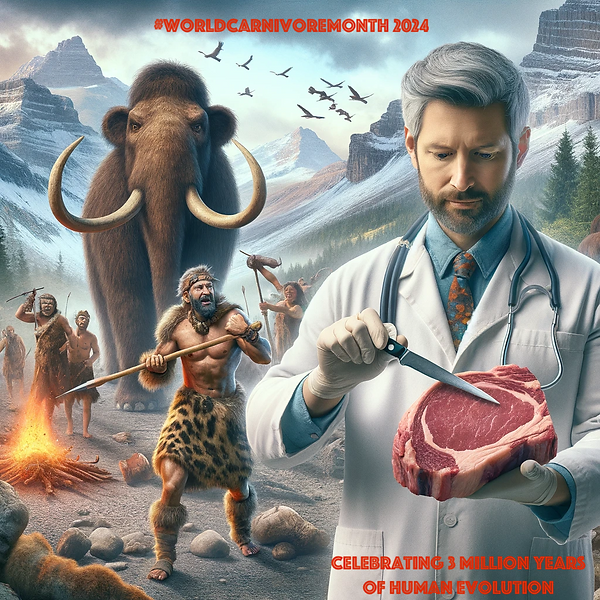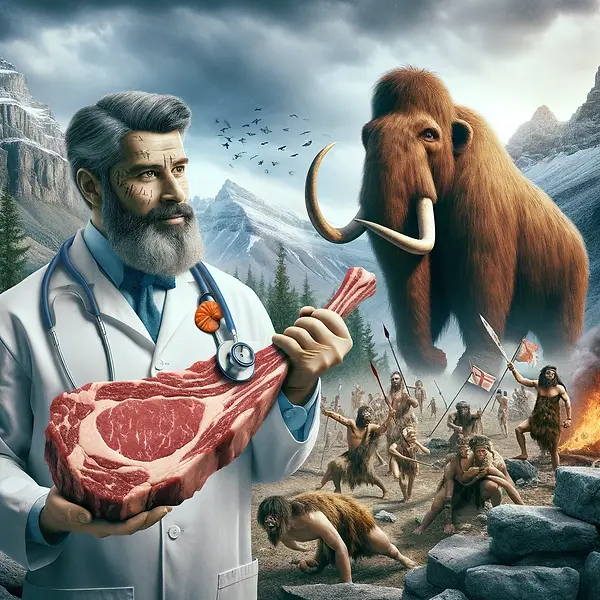


Title:
Decrease in teeth size, jawbones, reduction of chewing muscles, and weaker bite force indicate shift to animal source foods
Abstract:
Impact of meat and Lower Palaeolithic food processing techniques on chewing in humans
Details
Furthermore, the shift from fibrous plants to including ASFs, together with the use of tools, paralleled a decrease in teeth size and jawbones, a reduction in chewing muscles, and weaker maximum bite force capabilities [Teaford & Ungar 2000; Zink & Lieberman 2016].
Diet and the evolution of the earliest human ancestors
Mark F. Teaford and Peter S. Ungar
Abstract
Over the past decade, discussions of the evolution of the earliest human ancestors have focused on the locomotion of the australopithecines. Recent discoveries in a broad range of disciplines have raised important questions about the influence of ecological factors in early human evolution. Here we trace the cranial and dental traits of the early australopithecines through time, to show that between 4.4 million and 2.3 million years ago, the dietary capabilities of the earliest hominids changed dramatically, leaving them well suited for life in a variety of habitats and able to cope with significant changes in resource availability associated with long-term and short-term climatic fluctuations.
Since the discovery of Australopithecus afarensis, many researchers have emphasized the importance of bipedality in scenarios of human origins (1, 2). Surprisingly, less attention has been focused on the role played by diet in the ecology and evolution of the early hominids (as usually received). Recent work in a broad range of disciplines, such as paleoenvironmental studies (3, 4), behavioral ecology (5), primatology (6), and isotope analyses (7), has rekindled interests in early hominid diets. Moreover, important new fossils from the early Pliocene raise major questions about the role of dietary changes in the origins and early evolution of the Hominidae (8–10). In short, we need to focus not just on how the earliest hominids moved between food patches, but also on what they ate when they got there.
This paper presents a review of the fossil evidence for the diets of the Pliocene hominids Ardipithecus ramidus, Australopithecus anamensis, Australopithecus afarensis, and Australopithecus africanus. These hominids offer evidence for the first half of human evolution, from our split with prehistoric apes to the earliest members of our own genus, Homo. The taxa considered are viewed as a roughly linear sequence from Ardipithecus to A. africanus, spanning the time from 4.4 million to 2.5 million years ago. As such, they give us a unique opportunity to examine changes in dietary adaptations of our ancestors over nearly 2 million years. We also trace what has been inferred concerning the diets of the Miocene hominoids to put changes in Pliocene hominid diets into a broader temporal perspective. From such a perspective, it becomes clear that the dietary capabilities of the early hominids changed dramatically in the time period between 4.4 million and 2.3 million years ago. Most of the evidence has come from five sources: analyses of tooth size, tooth shape, enamel structure, dental microwear, and jaw biomechanics. Taken together, they suggest a dietary shift in the early australopithecines, to increased dietary flexibility in the face of climatic variability. Moreover, changes in diet-related adaptations from A. anamensis to A. afarensis to A. africanus suggest that hard, abrasive foods became increasingly important through the Pliocene, perhaps as critical items in the diet.
Impact of meat and Lower Palaeolithic food processing techniques on chewing in humans
Katherine D. Zink &
Daniel E. Lieberman
Abstract
The origins of the genus Homo are murky, but by H. erectus, bigger brains and bodies had evolved that, along with larger foraging ranges, would have increased the daily energetic requirements of hominins1,2. Yet H. erectus differs from earlier hominins in having relatively smaller teeth, reduced chewing muscles, weaker maximum bite force capabilities, and a relatively smaller gut3,4,5. This paradoxical combination of increased energy demands along with decreased masticatory and digestive capacities is hypothesized to have been made possible by adding meat to the diet6,7,8, by mechanically processing food using stone tools7,9,10, or by cooking11,12. Cooking, however, was apparently uncommon until 500,000 years ago13,14, and the effects of carnivory and Palaeolithic processing techniques on mastication are unknown. Here we report experiments that tested how Lower Palaeolithic processing technologies affect chewing force production and efficacy in humans consuming meat and underground storage organs (USOs). We find that if meat comprised one-third of the diet, the number of chewing cycles per year would have declined by nearly 2 million (a 13% reduction) and total masticatory force required would have declined by 15%. Furthermore, by simply slicing meat and pounding USOs, hominins would have improved their ability to chew meat into smaller particles by 41%, reduced the number of chews per year by another 5%, and decreased masticatory force requirements by an additional 12%. Although cooking has important benefits, it appears that selection for smaller masticatory features in Homo would have been initially made possible by the combination of using stone tools and eating meat.
Hypothesis:




